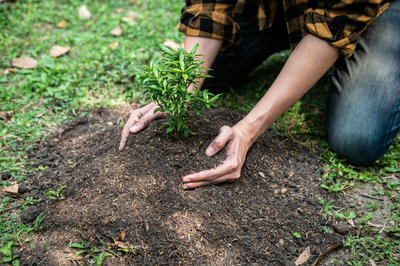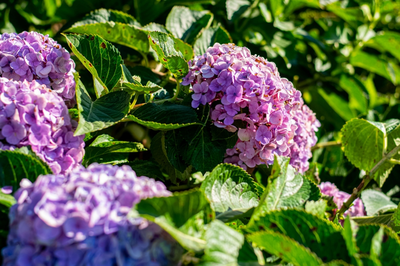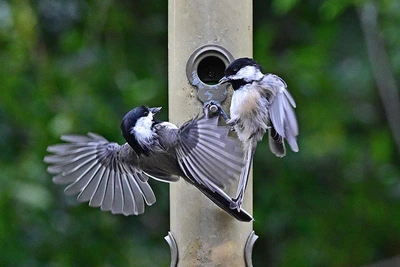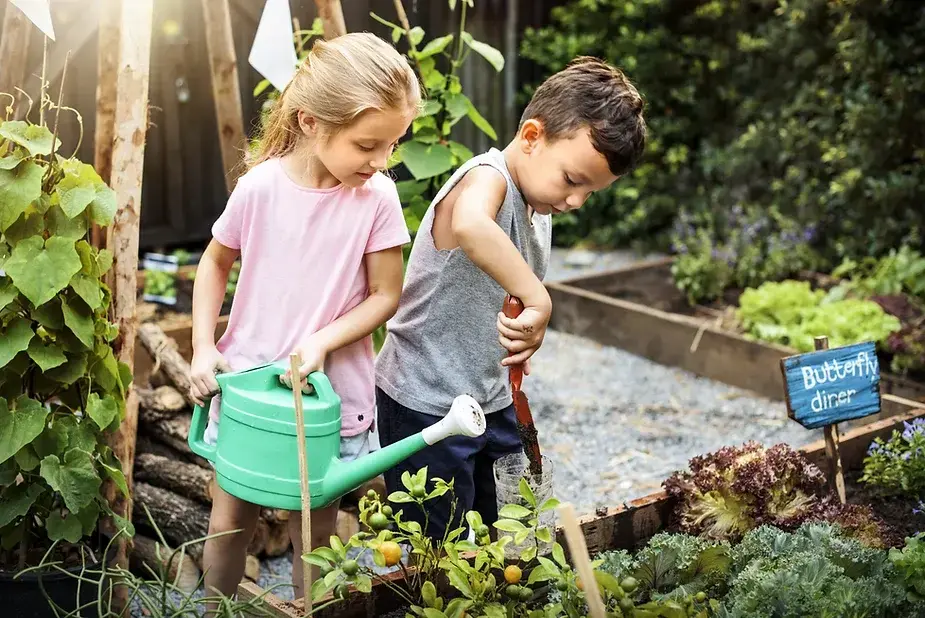
Container Gardening
As many homeowners downsize and our garden spaces shrink, many gardeners look for more convenient and compact ways to garden.
Be creative when placing containers; patios, balconies, doorsteps, windowsills, beside your driveway, you can place them almost anywhere.
Generate energy and excitement by combining complimentary colors such as purple and orange or yellow and blue. You can create a stunning, sophisticated look using all greens, whites and silvers. Choose soothing colors such as blues and pinks or reds and yellows.
Planter boxes, wooden barrels, hanging baskets and large flowerpots are just some of the attractive containers that can be used. The right plants, in the right space, in the right container will dazzle and inspire you!
Even the smallest patio or porch can produce a crop of delicious vegetables or containers of beautiful fragrant flowers.
Come into Buckerfield's for an amazing selection of pottery, annuals, perennials, vegetables and all sizes and shapes of containers for your garden.
Choose your Container
Deep containers are a good choice for better root development and smaller containers restrict roots and dry out very quickly, so the bigger the better.
Make sure that your container, whatever you choose, has drainage holes in the bottom, or that you can drill them.
Ceramic, terracotta, fiberglass, fabric pots, wood, resin, metal – there are many choices of containers available.
- Avoid containers with narrow openings.
- Plastic pots deteriorate in direct sunlight.
- Terracotta pots are porous and dry out rapidly.
- Glazed ceramic pots are excellent choices but require several drainage holes.
- Redwood and cedar are relatively rot resistant and can be used without staining or painting.
- Avoid wood treated with creosote, or other toxic compounds.
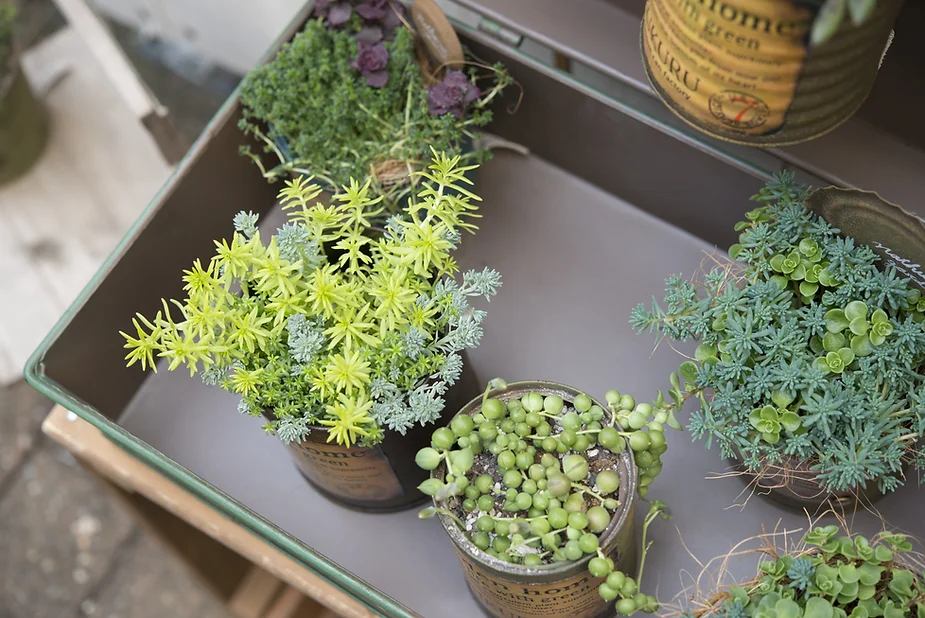
Choosing Plants
When you're selecting plants you need to think about their eventual height, shape and growth habit. The most successful container combinations usually include at least one of each, upright, mid height or trailing plants.
When selecting plants, you may want the colors of the flowers to compliment the color of your house, deck or patio, and the color in adjacent beds and borders.
Foliage is just as important as color in creating a successful container planting. Once you've gathered a group of plants, think about the size of the leaves and their surface texture.
Think about where the pot will be located and then select plants that will like living there. Shade-loving plants will struggle to survive if placed in a sunny location and sun-loving geraniums don’t do well on a shady porch. Heat loving plants won't be happy growing in the same pot with a moisture loving plants.
Plant labels usually list sun or shade requirements and soil preference.
Create a stunning display with these guidelines:
- Choose plants that have similar light, soil, fertilizer and water requirements.
- Balance the size of plants to the size of the container.
- Drought tolerant plants require less water and are a good choice.
- Plants with varied foliage, color and texture can provide contrast in your container.
- Choose a variety of plants that grow vertical, horizontal or cascade over the side of the pot.
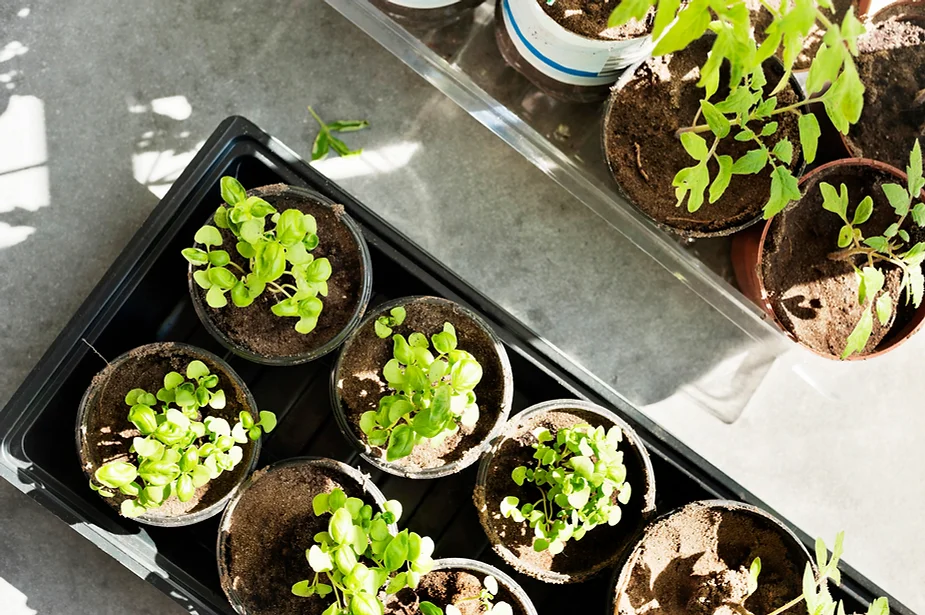
Choosing Edible Plants
Consider dwarf fruit trees, shrubs, blueberries, raspberries, strawberries or many types of vegetables, your choices are unlimited. To be really creative mix some annual flowers with vegetables in the same container.
- Vegetables which have a quick maturing period like herbs and lettuce are ideal to grow. You may be able to get several crops of a quick maturing vegetable from your container.
- Cherry tomatoes, peppers or eggplant can be easily grown in containers, as can root vegetables such as baby carrots, radishes or spring onions, even potatoes grow great.
Planting Your Container
Purchase a good quality potting mixture, fertilizer and healthy plants for your containers. Make sure your planting medium drains rapidly but retains enough moisture to keep the roots evenly moist.
Soil preference is also important. A pot filled with rosemary, bay and thyme should contain a sandy soil mix that these plants prefer.
Fuchsia, on the other hand like a moisture-retentive soil that's similar to what's found in a wet tropical rainforest. Plant labels can provide this information.
- Look for soil products amended with compost and worm castings to add organic matter and supply good drainage.
- Fill containers with soil close to the top of the surface, as the level will drop as the soil compacts with watering. Add more soil to the surface if necessary. Most plants need soil at least 8 inches deep.
- Line hanging baskets with sphagnum moss or newspaper to prevent soil loss and maintain water retention.
- When planting your plants work from the center, with the tallest plants in the middle.
- Do not over plant as this will cause crowding and your plants will have to compete for water and nutrients.
- Water and place a drain tray under your containers to contain extra water.
- Cover the top of the soil with a ground cover or mulch to reduce evaporation and water requirements.
- Set containers on bricks or blocks to allow free drainage.
- Place your container in a sunny location. The amount of sunlight needed by vegetable or flowers varies depending on the varieties grown. Check the label on the plant.
Fertilizing
Use a diluted liquid fertilizer with every other watering or a slow release granular fertilizer that lasts all season, to provide your plants with the nutrients needed.
Be sure that they contain a complete, balanced solution that includes trace elements.
Have more questions? Visit your local Buckerfield's and we'll be happy to help!

